Smart home items make great gifts and what follows are some of the best. From faster Wifi to smart meat thermometers, there’s something here for everyone on your list.
I use everything listed here and can attest to their quality. That’s important to me. I’m not going to recommend something I do not use. Throughout the year, I see a lot of gadgets and most are junk. The nine items listed here work great and are quality products.
Netgear Orbi
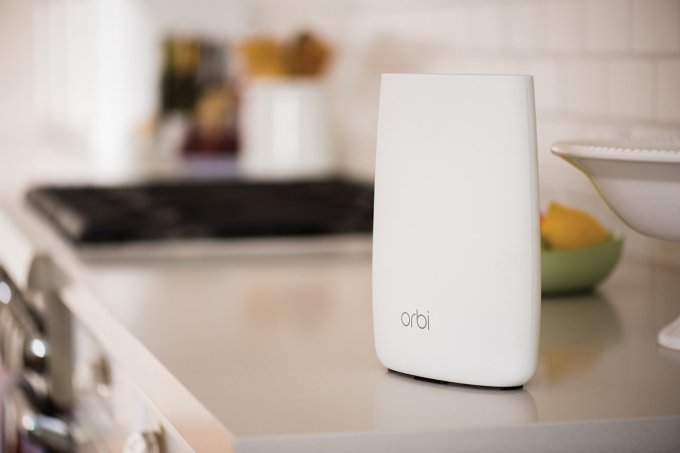
The Netgear Orbi is part of a new class of Wifi routers that use multiple units to blanket a home in Wifi. This one just works. For medium to large size homes, the Orbi will radically improve your Wifi performance.
I’ve used a few of Orbi’s competitors and prefer the Orbi for several reasons. Installation was straight forward and follows traditional router setup routines. The units themselves sport more ethernet jacks than competitors, and from what I can tell, the Netgear Orbi app is the most feature-packed yet best designed.
The Orbi system is expensive with basic systems starting out around $300 though with holiday sales, they can be found for around $200 and up. Netgear released several new Orbi products in 2018 including one with a built-in cable modem, allowing owners to ditch one more box in their house.
Meural

Give someone the gift of art. The Meural is a smart LCD screen designed to display works of art. It’s a lovely device that I quickly feel in love with. It’s magical.
The idea is simple: Provide owners with a never-ending parade of classical and modern works of art. This is done through a subscription service that features a deep collection of available images. Art is available from the top museums, artists and image makers. It’s easy to get lost in the app. There’s just so much available and the app does a great job explaining about the artists and their works.
Owners can also send their own images to the display.
The unit can be mounted vertically or horizontally and features a crisp display. There’s a small, somewhat unwieldy sensor to navigate the controls, but most often, the owner will use the smartphone app to change the art.
AcuRite Atlas Weather Station
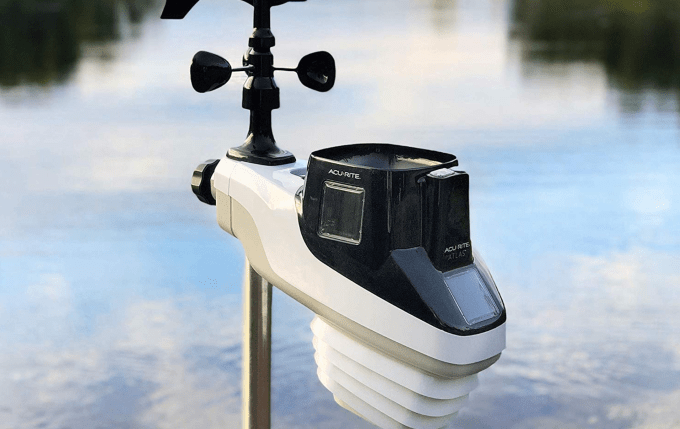
This is the best home-based weather station I’ve used. It’s loaded with features. The station measures rain, wind speed, lightening strikes, UV levels and more. All the data is sent to a large touchscreen monitoring station.
Be warned. The weather station is large and needs to be mounted in a central location.
There are a lot of weather stations on the market. The AcuRite Atlas is one of the most expensive but from what I’ve seen, it’s one of the most accurate too. AcuRite says it accurate to 1 degree of temperature and 3 degrees of wind direction. Good data is expensive. But if this unit is out of your price range, AcuRite and a few other companies have less expensive models available too. Sure, someone can always look at their phone for the weather, but this is a bit more fun.
Amazon Echo Dot
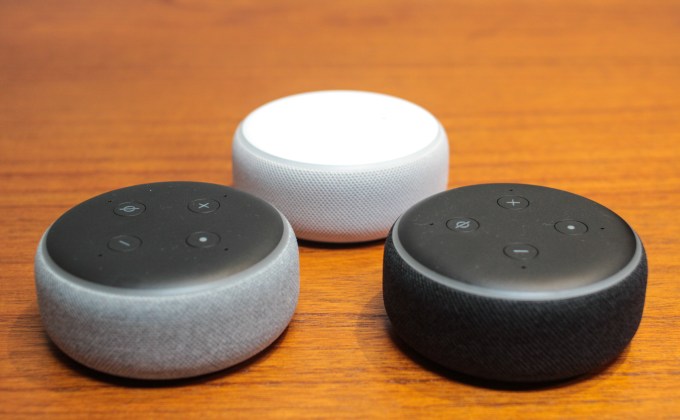
The Echo Dot is fantastic. It’s small, cheap and still works like its bigger siblings. The retail price is $50 but it can be had for much less with holiday sales.
The Echo Dot can do everything: play music, tell the weather, control smart home devices and output audio to an audio system. Because of this vast amount of functions there’s something here for everyone.
Have someone on your list that just wants to listen to music? Get them the Dot. Do they already have another Alexa device but have a large house? Get them another Dot; I have six throughout (and outside) of my home. Do they listen to a lot of music through a big audio system? The Dot can send the audio out through the 3.5mm jack.
SnapPower Outlet Covers
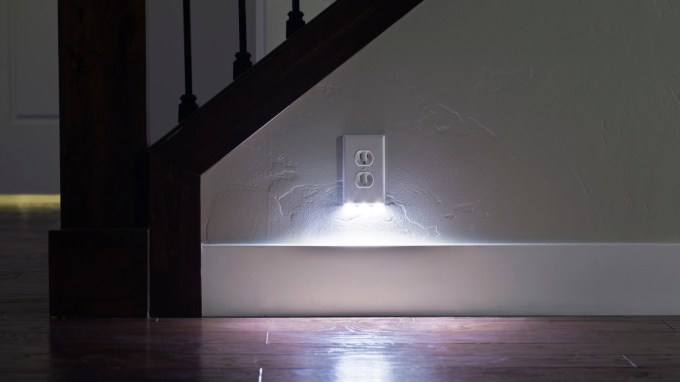
SnapPower’s outlet covers are amazing. I backed the Kickstarter back in 2014 and have been a customer since. The products just work.
The idea is crazy simple: Built into the outlet cover are LED lights or USB outlets or child-proof outlet covers. Simply take off the old outlet cover and snap this one in its place. It’s the snap itself that powers the device; the covers sport metal clips that grab onto the outlet’s conductors and powers the light or USB outlet (they’re UL listed in the US).
I have a couple of the LED plates throughout the house and a USB outlet cover in the kitchen. Prices start around $15. A boring gift? Yeah, but an amazing gift.
Philips Wake-up Light

I’m convinced waking up to a loud alarm will shorten a person’s life, but this alarm is different. Made by Philips and available in several different models, this device slowly starts getting brighter as the alarm nears. Philips says it helps a person wake up in a more natural way. All I know is it works.
I bought one of these devices last year and it improved my morning routine. However it works, I tend to wake up more refreshed and in a better mood though it’s not perfect. The on-device controls are touchy and the clock can be hard to read. It could use Alexa integration.
Also, why is the women in the stock photo staring at the light? Don’t do that.
Sonos Beam
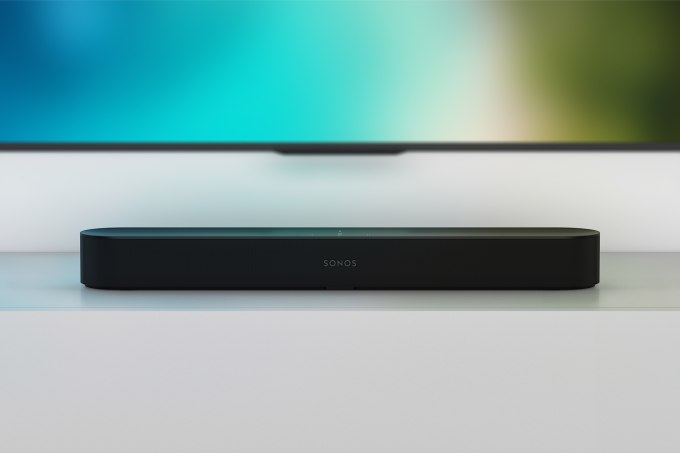
The Sonos Beam is a fantastic soundbar that provides more than just an improved audio experience. It also gives owners an easy way to control all the boxes stored under their TV.
The speaker includes Alexa — and promises Google Assistant support — and it improves your TV sound immensely. Designed as an add-on to your current TV, it can stand alone or connect with the Sonos subwoofer and a few satellite surround speakers for a true surround sound experience. It truly shines alone, however, thanks to its small size and more than acceptable audio range.
Sonos’ surround sound systems install quickly and run seamlessly. You can buy a few speakers, tap a few buttons and have 5.1 sound in less time than it takes to pull a traditional home audio system out of its shipping box.
Meater

This is a meat thermometer. That’s why it’s called Meater. I have one and love it.
The Meater is a wireless thermometer, but unlike the cheap versions available in hardware stores, this one works well and features a smartphone app. There are two thermometers on the Meater. One monitors the meat’s temp and the other monitors the ambient temperature. That’s critical. The companion app gives accurate readings and provides estimates of when the item will be done cooking.
I found the Meater is most helpful when cooking something low and slow. I don’t use it for steak, but when barbecuing a pork butt, it’s handy.
Nest Hello
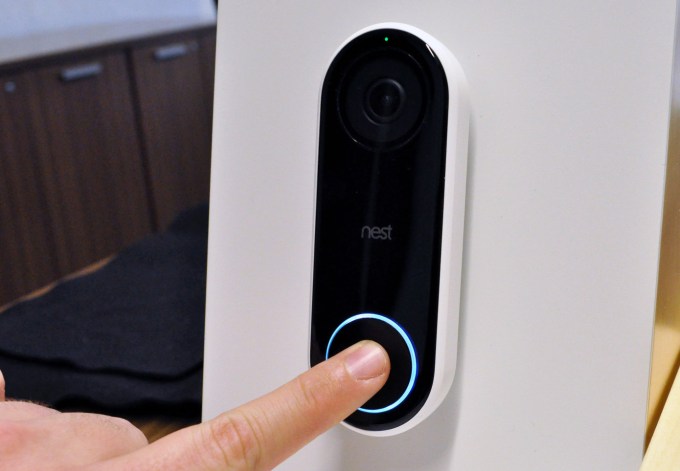
Video doorbells change everything. I have one on my house and it’s invaluable. The Nest Hello is one of the best on the market. The Hello is easy to install and use. Anyone can do it.
The Hello provides great video quality and records constantly. That’s key. Most other video doorbells only record when triggered and sometimes key moments are not captured because they don’t trigger the camera. The Hello even features facial recognition and can send smartphone alerts when it detects someone it knows.
At $229 it’s not the cheapest on the market, but it’s one of the best.




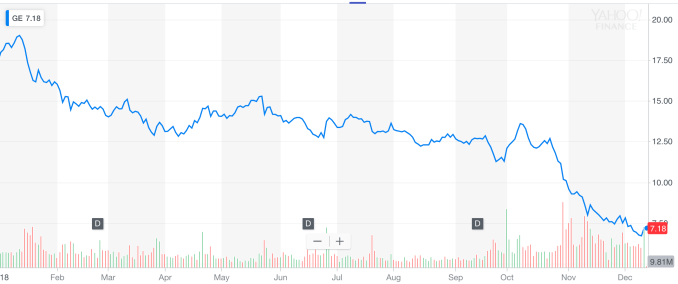











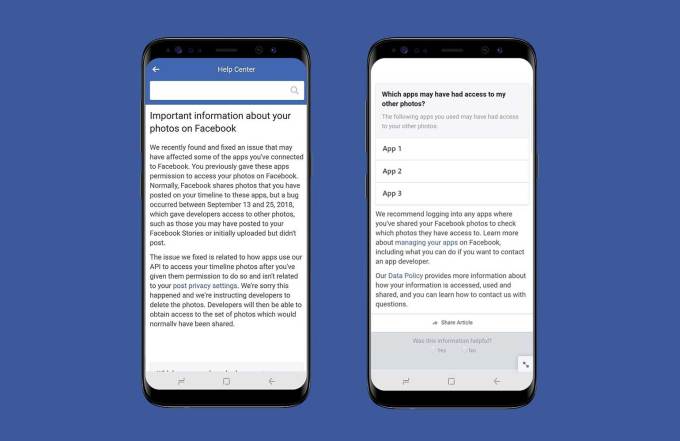
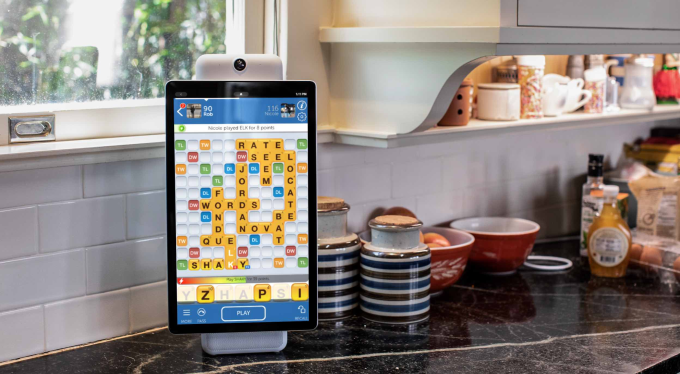
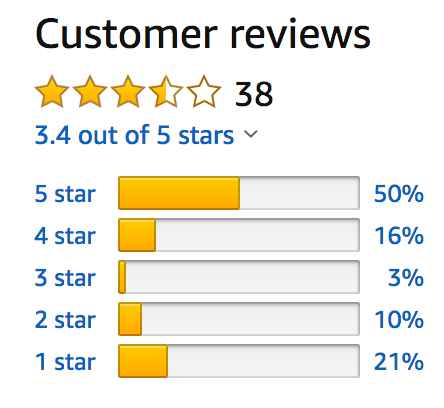 But the question remains who’s buying? Facebook is already discounting the 10-inch screen Portal and 15-inch Portal+. Formerly $100 off if you buy two, Facebook is still offering $50 off just one until Christmas Eve as part of a suspiciously long Black Friday Sale. That doesn’t signal this thing is flying off the shelves. We don’t have sales figures, but
But the question remains who’s buying? Facebook is already discounting the 10-inch screen Portal and 15-inch Portal+. Formerly $100 off if you buy two, Facebook is still offering $50 off just one until Christmas Eve as part of a suspiciously long Black Friday Sale. That doesn’t signal this thing is flying off the shelves. We don’t have sales figures, but 